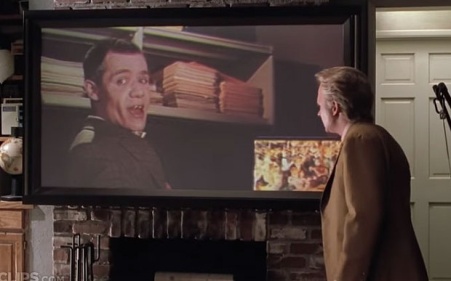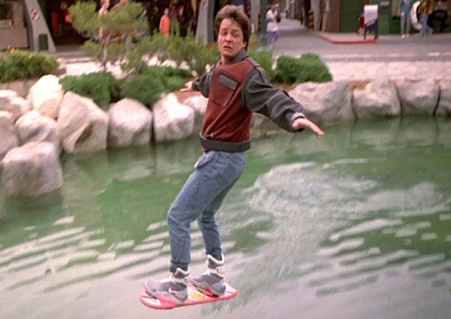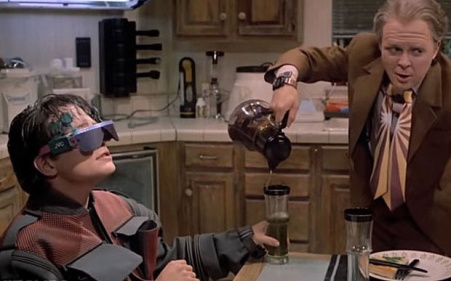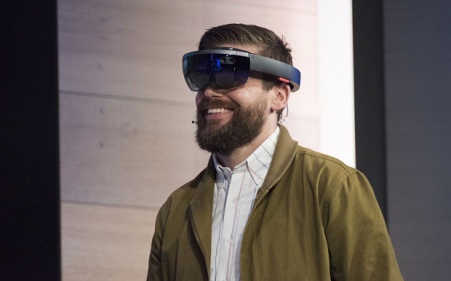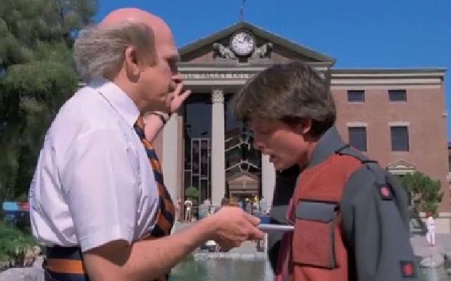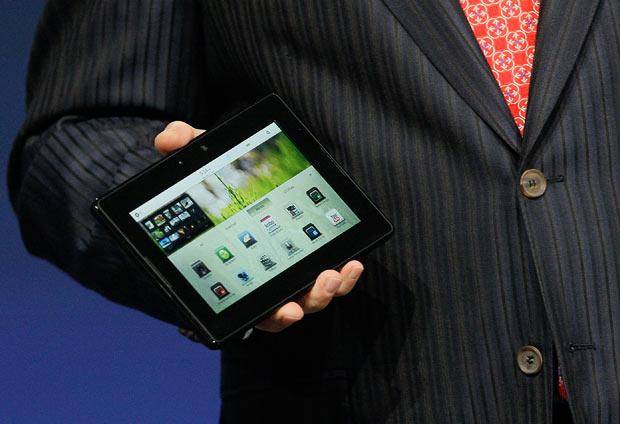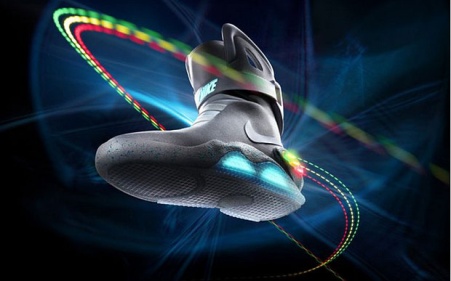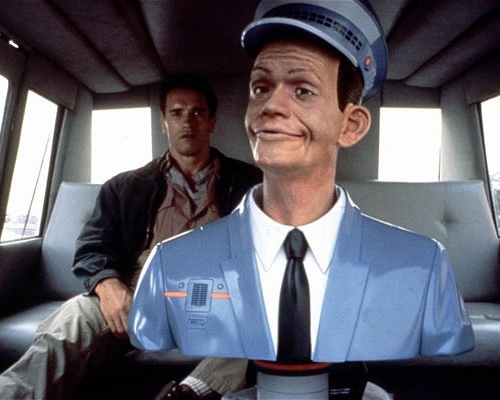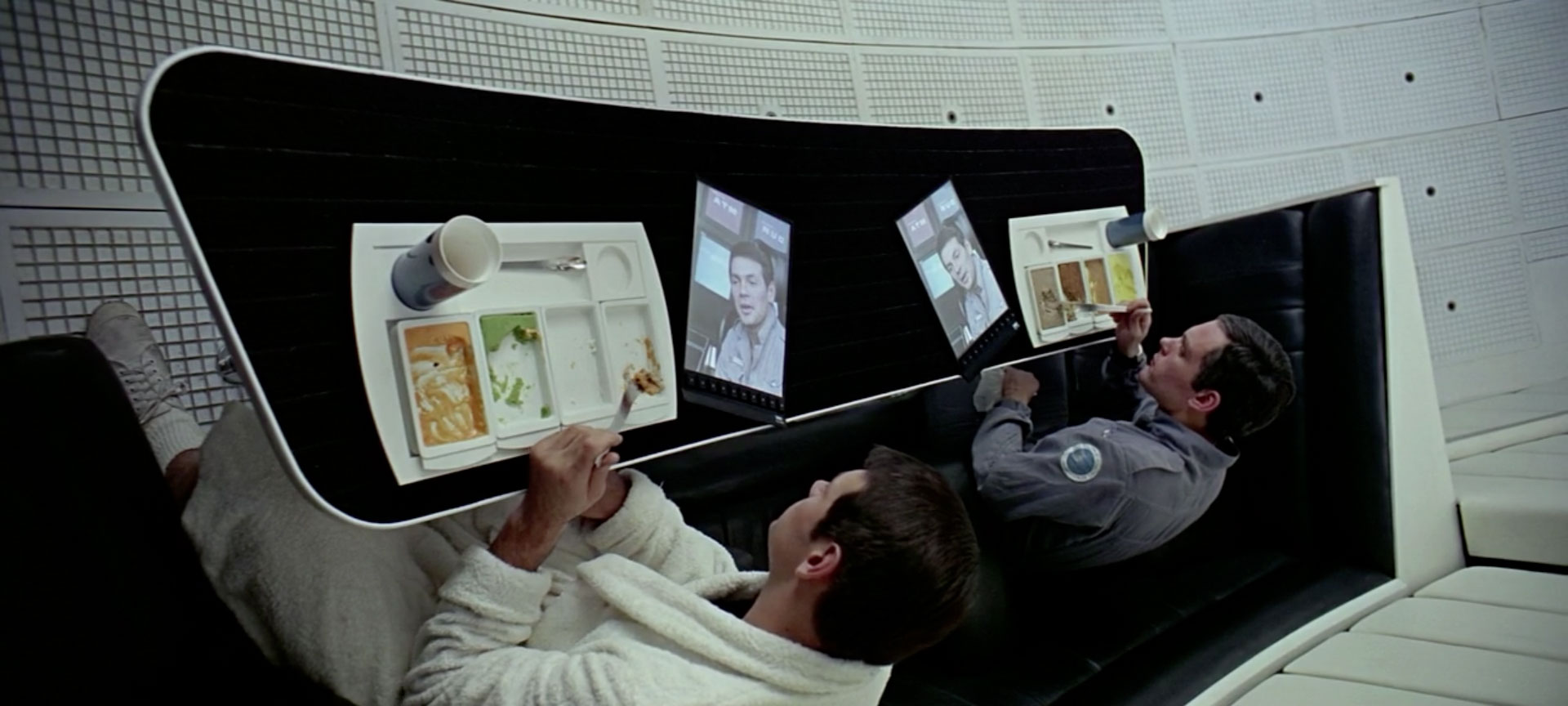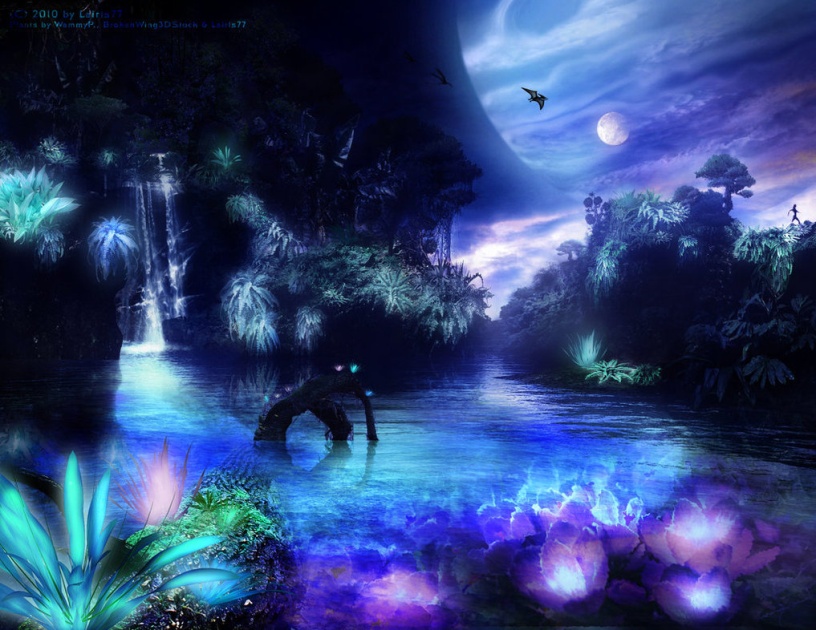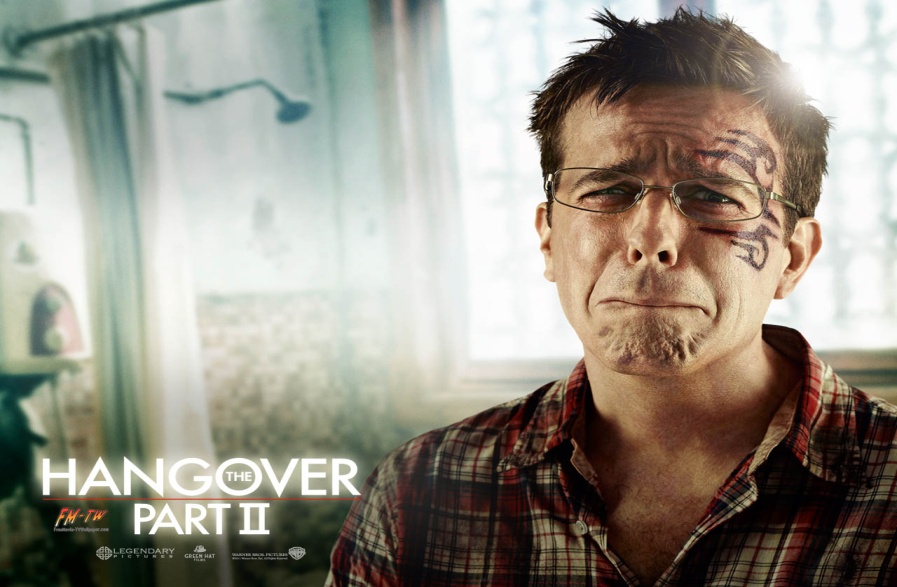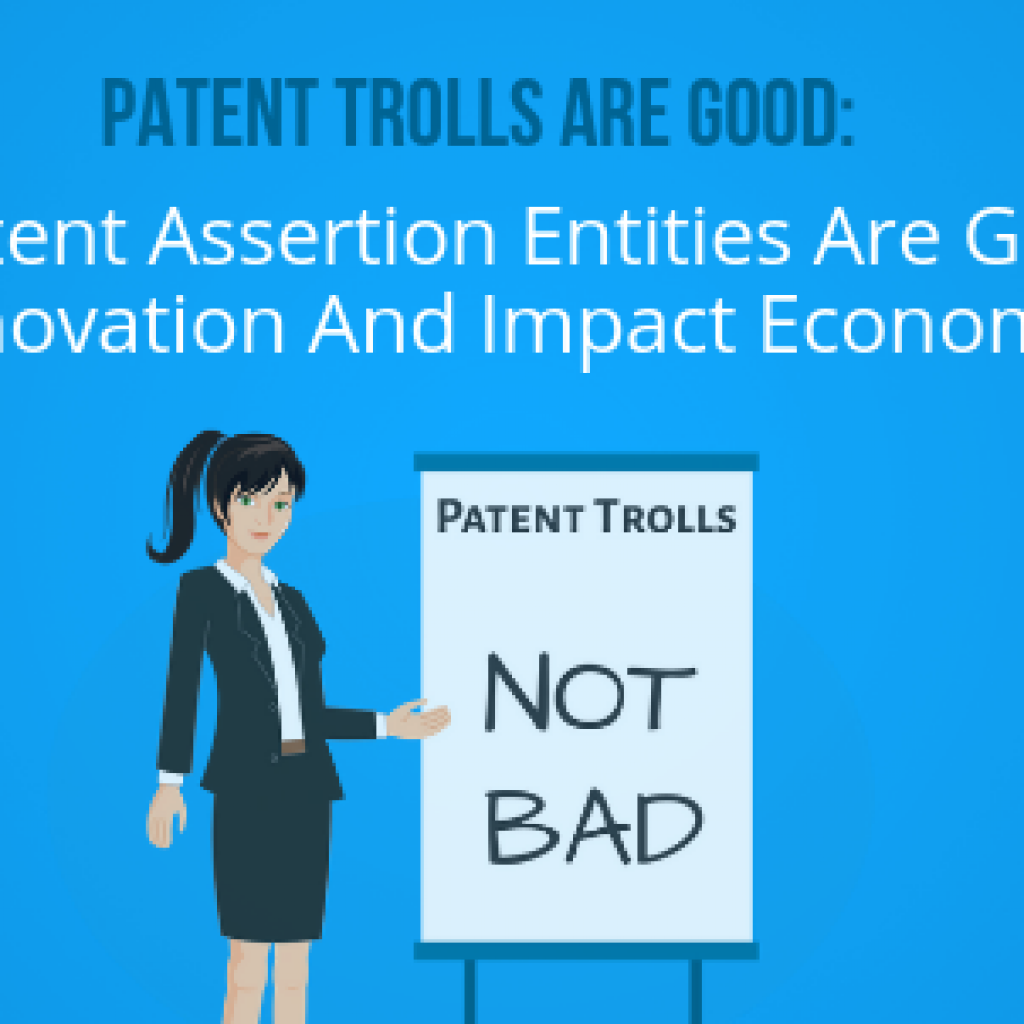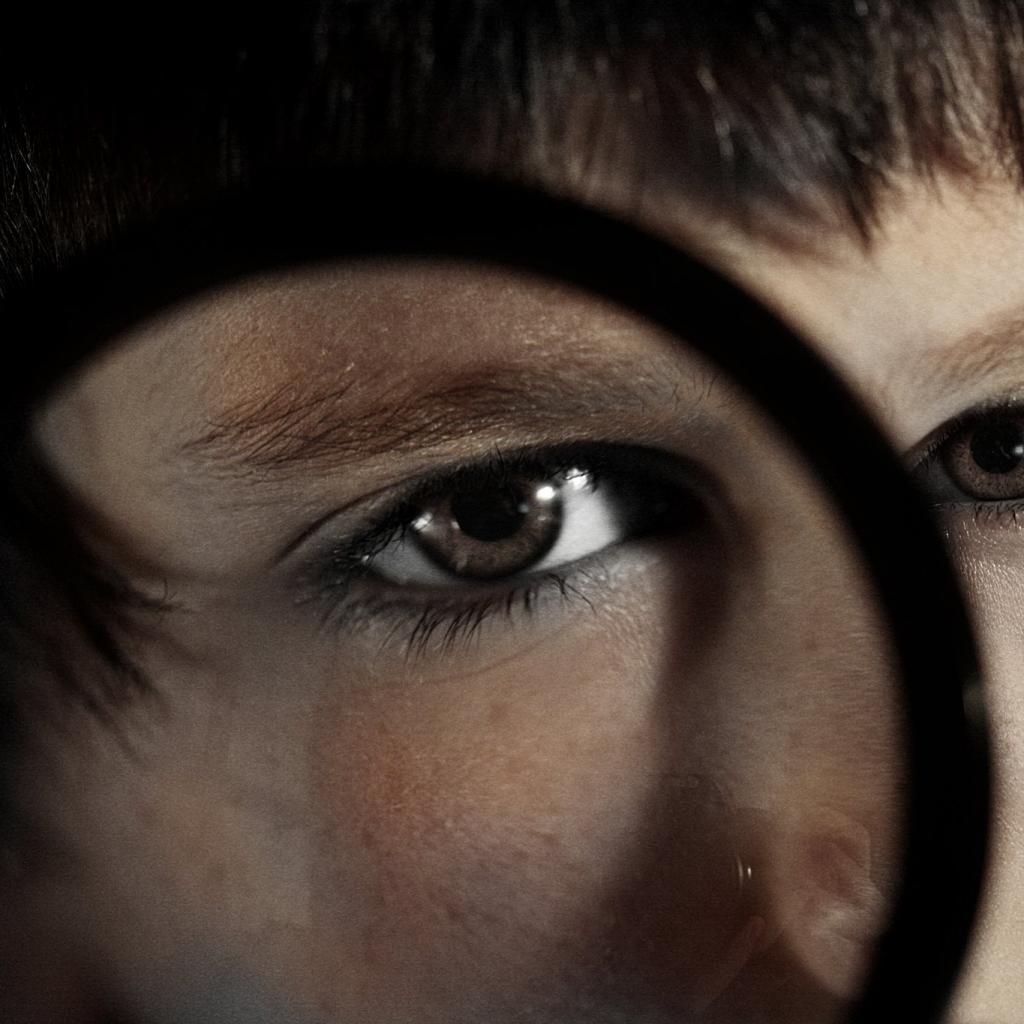Since childhood, my parents have always been scolding me for being a big movie buff. It has been their favorite dialogue to tell me that these movies won’t support me in my future. It was a regular thing for me but the situation changed when one day I went to my father and started discussing how a movie prop resemblance to an iPad became a vital prior art against Apple’s iPad design patent claim. It was cited by Samsung in the U.S. federal court from the movie ‘2001: A Space Odyssey’ made in the year 1968 with an IMDB rating 8.3/10. Below is the image from the movie VS Apple tablet.
The entertainment industry is full of such innovative ideas value of which is not known to the one who generated them. Some astonishing real ideas are shared below. Be ready to get astonished as these movies have made a solid impact on the tech world.
1. Hoverboards
The idea of hover board was first showcased in the movie “Back to the future Part II” in 1989.
Today’s hoverboard:
2 . Wearable technology
In the movie “Back to the future– 1989”, Marty’s future kids wear headsets at the dinner table to make and receive calls and watch TV.
With the introduction of Google Glass in 2013 and gaming headsets like Oculus Rift in the works, virtual reality is not far off. A similar idea was found in the movie Mission impossible 1996 of Tom Cruise:, which even acted as the prior art of Google Glass.
3. Video Calling
Marty’s video call with his co-worker Needles in “Back to the Future II”- 1989.
4. Tablet
Apple’s iPad debuted in 2010, only nine years after the setting of “2001: A Space Odyssey”, a movie in the year 1968.
As reported by FOSS Patents, the movie props’ resemblance to Apple’s iPad became enshrined in U.S. federal court records when Samsung cited 2001: A Space Odyssey as prior art against Apple’s iPad design patent claim.
5. Self-tying trainers
Marty’s self-tying trainers were one of the weirdest inventions featured in “Back to the Future II-1989”.
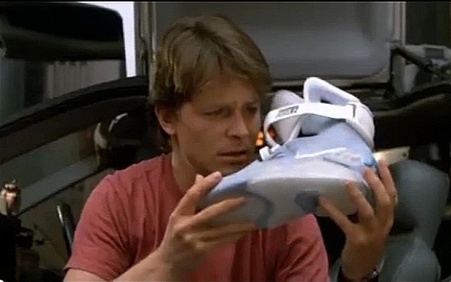
Now Nike designer Tinker Hatfield has confirmed he and his team is working on a consumer version of the shoes, according to The Verge.
6. Driverless Cars
Loosely based on a short story by science fiction author Philip K. Dick, this blockbuster film “Total recall-1990” starring Arnold Schwarzenegger is packed with all sorts of futuristic technologies that have yet to be invented, including machines that can implant false memories and animatronics disguises that sort of work. However, amid all the Martian mayhem, there is also a scene that depicts a technology that is currently being developed by Google: driverless cars.
Famous Characters of the Movie
Not only sci-fi, but there are also many characters that are famous due to which the inventor ventured into varied businesses. For example:
Buzz lighter Year
The lead character of the Toy Story franchise created by John Lasseter first appeared in 1995. After entertaining people in the movies, it landed on different businesses; some started by the creator himself and others by licensing the trademark. To name a few, the famous character has been flourishing in merchandise like toys, gadgets, video games, cushions, bedsheets, posters, key chains, clothes, umbrellas, bags, lunch boxes, water bottles, etc.

Angry bird
The character created for a video game by Finnish computer game developer Rovio Entertainment came in 2009 for Apple iOS. But games were not the only place where this naughty bird had to show it’s angry. It reached to people via different means like toys, movies, clothing lines, masks, etc. Such a popular brand and no controversy! Not possible. In April 2015, after a long litigation suit, Rovio won a case against copyright and trademark infringement from Toy Amazon Corp. where it was awarded $4.3 million. Further, in 2012, it was estimated that Rovio earns 40% of its revenue from angry bird licensing which counts to $200 million.
There are many such stories where the real-life ideas and characters turn to be a great asset due to the intellectual property law as a backbone.
Big money from IP
To start with let’s discuss the famous Apple’s motion for a preliminary injunction case against Samsung.
The following image shows the content of page 2 of an exhibit filed by Samsung with the U.S. District Court for the Northern District of California.
Above is a copy of a still image taken from Stanley Kubrick’s 1968 film “2001: A Space Odyssey.” In a clip from that film lasting about one minute, two astronauts are eating and at the same time using personal tablet computers. As with the design claimed by the D’889 Patent, the tablet disclosed in the clip has an overall rectangular shape with a dominant display screen, narrow borders, a predominately flat front surface, a flat back surface (which is evident because the tablets are lying flat on the table’s surface), and a thin form factor.
It was astonishing to see how a clip from a movie dated from 1968 is standing as prior art to the claim of a technology giant Apple and becoming a savior to Samsung. Unknowingly, the movie idea became a challenge to the whole computer tablet market. Think of the fact, if this idea would have been patented by the concerned media person, at the time he perceived it for the movie, at what level he would have been today?
There are many cases where IP has been cashed to the best. One such case is of LucasFilm – now owned by Disney –that is famous for protecting their intellectual property.
You all must be aware of the robot within the Star Wars Universe “Droid” but mind it you’re not allowed to use the term “droid” in a creative project or business venture: it’s a registered trademark of LucasFilm.
Moreover, you might have related “droid”. It is the second half of the word “android”. So what scenario is prevailing with this?
Lucasfilm Ltd. swept in and filed a trademark on October 9, 2009, for the term “Droid”. Specifically claiming the term for:
Wireless communications devices, including, mobile phones, cell phones, handheld devices and personal digital assistants, accessories, and parts therefor, and related computer software and wireless telecommunications programs; mobile digital electronic devices for the sending and receiving of telephone calls, electronic mail, and other digital data, for use as a digital format audio player, and for use as a handheld computer, electronic organizer, electronic notepad, and digital camera; downloadable ring tones and screen savers; cameras, pagers, and calling cards.
By the same time, communications company Verizon Wireless launched a line of Android phones named “DROID”. As a result of the situation; Verizon paid Lucasfilm Ltd. an undisclosed sum for the rights to use this word as a brand name.
And now the real thing, the term “droid” wasn’t even invented by George Lucas or the Star Wars franchise. The term “Droid” was first used in the science fiction story “Robots of the World! Arise!” by Mari Wolf, published in If: Worlds of Science Fiction in July 1952.
Jack shook his head. “It’s crazy. They’re swarming all over Carron City. They’re stopping robots in the streets–household Robs, commercial Droids, all of them.” — Mari Wolf, “Robots of the World! Arise!”
Lucasfilm registered “droid” as a trademark in 1977 (though was not in any way being used to describe a wireless communication device necessarily)
Imagine the benefits Mari Wolf could have made if she had thought of getting her work protected.
Avatar
The Lawsuit: William Roger Dean vs. James Cameron, Twentieth Century Fox, et al.
In June 2013, album cover artist William Roger Dean filed a lawsuit against James Cameron and Twentieth Century Fox under copyright infringement for the alien planet design in Avatar. Dean claims that Pandora’s look is extremely similar to the fantasy landscapes depicted in his artwork on the books Magnetic Storm, Views, and Dragon’s Dream. The lawsuit cites a number of examples from Cameron’s 3D film, including the alien world’s foliage, floating islands, stone arches, and creature design.
William Roger Dean worked on the album covers for best-selling rock bands including Yes and Asia. Dean is seeking upwards of $50 million in damages, an injunction against distribution, full accounting, and a court order that makes it clear that James Cameron ripped off his work. He also wants those rights enforced and posted on current and any future Avatar projects.
The Hangover Part-II
The Lawsuit: S. Victor Whitmill vs. Warner Bros.
In April 2011, tattoo artist S. Victor Whitmill sued Warner Bros. for a copyright infringement in the film The Hangover Part II. In the film, Stu (Ed Helms) wakes up after a night of debauchery in a Bangkok hotel with a replica of Mike Tyson’s tribal face tattoo. The plaintiff designed the tattoo specifically for Mike Tyson and therefore claimed it was a copyrighted work. Whitmill claimed that Warner Bros. had no right to put his work in the film or in any promotional materials attached to The Hangover Part II.
The lawsuit almost affected the release of the film, and there was the possibility that if the two parties couldn’t come to an agreement, the face tattoo would have to be digitally lifted from Helms’ face for the home video release. Ultimately, Warner Bros. settled Whitmill’s claim for an undisclosed amount, and The Hangover Part II went on to gross $581.4 million worldwide.
In a nutshell, it can be said that the people who are inventing such brilliant innovative ideas are even not aware of the knowledge and futuristic thoughts they possess which can transform the world of technology.
Authored by: Shikhar Sahni, Group Manager, Operations and Abhishek Bhatia, Team Lead, Concept Hackers

